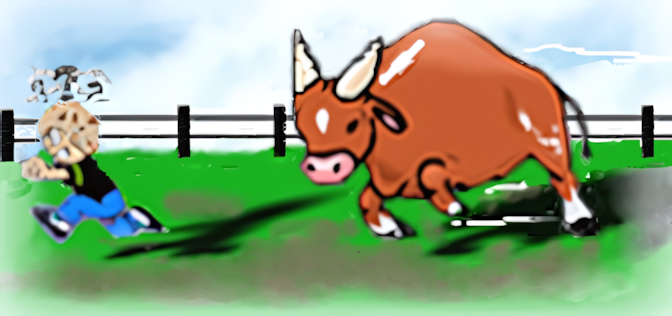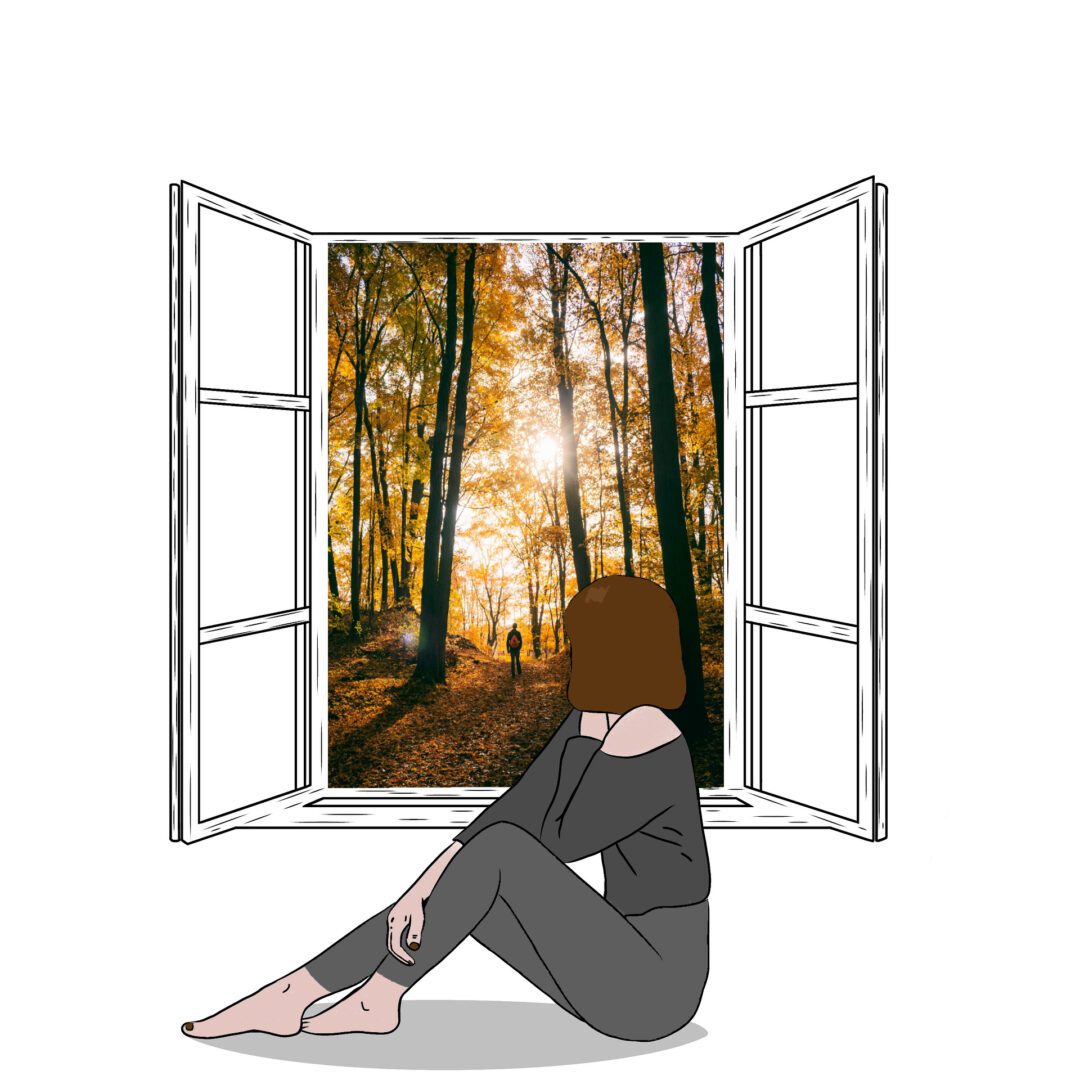The fight-or-flight response is an automatic physiological reaction to an event that the individual perceives as stressful or frightening.
The heart pounds, breath quickens, muscles tense – a familiar cocktail of sensations we all know too well. It’s our body’s ancient alarm system, hardwired over millennia to confront danger, kicking into high gear in response to sensed threats.
A Moment of Reflexive Action
Imagine finding yourself in the presence of a charging bull. At that moment, your reflexes kick in, and without conscious thought, your body prepares to fight or flee. You feel the surge of adrenaline, and in a matter of seconds, you swiftly navigate the field and close the gate behind you.
Reflecting on this experience, you may be amazed at the speed and efficiency with which you reacted, almost as if it happened automatically. This primal panic is known as the fight-or-flight response, and while it can be a lifesaver in truly dangerous situations, its modern-day activation often leaves us feeling overwhelmed and out of control.
Wired for Survival

The sympathetic nervous system, releases hormones like adrenaline and cortisol. Blood rushes to muscles, senses sharpen, and cognitive function narrows – all preparing us to either engage in a physical confrontation (“fight”) or make a hasty retreat (“flight”). Our ancestors relied on this rapid response to avoid becoming prey, but in today’s world, the triggers are often far less tangible: deadlines, traffic jams, arguments with loved ones.
The Modern-Day Dilemma For Stress Sufferers
While fight-or-flight was crucial for survival in the wild, its constant activation in a modern day context can be detrimental to health. Those Individuals constantly trapped in this state of high alert, their bodies perpetually bracing for danger even in everyday situations can wreak havoc on their physical and mental well-being. It also contributes to anxiety disorders, high blood pressure, heart disease, and even weakened immune system.
It’s important to remember that these aren’t simply “weak” people choosing to be anxious; they’re experiencing a deeply ingrained physiological response that can feel overwhelming and uncontrollable. Their perception of threat, while seemingly out of proportion to others, is very real and distressing for them.
Anxiety stress and panic disorders are not character flaws; they are treatable medical conditions. The sufferers aren’t choosing to be this way. Their “defense mechanism” has gone rogue, malfunctioning in a way that causes them immense distress. I believe this malfunction of their bodies defenses will also have a knock-on effect on their family members as they watch on wondering how they can help.
Navigating the Response

Managing and understanding the fight-or-flight response is the first step in managing its impact. Recognizing the physiological cues increased heart rate, rapid breathing, muscle tension allow us to acknowledge the response and choose a more positive path to calm the effects of the anxiety attack.
Medication as Symptom Management
For on the spot relief try distracting your present thoughts by focusing on positive thinking, and deep breathing, finding distractions can also be incredibly helpful in those moments when anxiety takes over. However, if this happens on a regular basis it may be advisable to seek guidance from a therapist, this would be a valuable step for long-term management and an understanding of the problem.
Try talking with doctor and therapist- medications like antidepressants or anti-anxiety drugs can help alleviate the immediate symptoms of anxiety, such as racing thoughts, panic attacks, or excessive worry. Using both professionals provides a foundation for individuals to engage more effectively in therapy and a more positive outcome.
Positive Thinking
- Deep Breathing Exercises: Focusing on slow, deep breaths can activate the parasympathetic (PSNS) nervous system, counteracting the effects of the sympathetic nervous system responsible for fight-or-flight.
- Mindfulness Meditation: Practicing mindfulness involves paying attention to the present moment without judgment. This can help you become more aware of your physical sensations and thoughts, allowing you to better manage stress responses.
- Progressive Muscle Relaxation: This technique involves tensing and releasing different muscle groups in your body, promoting relaxation and reducing tension.
- Regular Exercise: Physical activity releases endorphins, which have mood-boosting effects and can help manage anxiety.
- Healthy Lifestyle Choices: Getting enough sleep, eating a balanced diet, and limiting caffeine and alcohol can all contribute to better stress management.
Please remember, these are general suggestions and may not be suitable for everyone. It’s crucial to consult with a healthcare professional for personalised guidance. If we Identify and address the underlying stressors in our lives it will help to combat the onset of anxiety.
Featured image Composite Pixabay .com
Post Image Courtesy Of L.M.R
Post Image by Pheladi Shai from Pixabay
Note:
“I feel by acknowledging the power of this ancient response and learning to manage the impact of “Fight or Flight” we can reclaim our peace of mind and navigate the complexities of modern life with greater resilience. Even in grief I have found positive thinking to be beneficial” (Shahd. 2024).